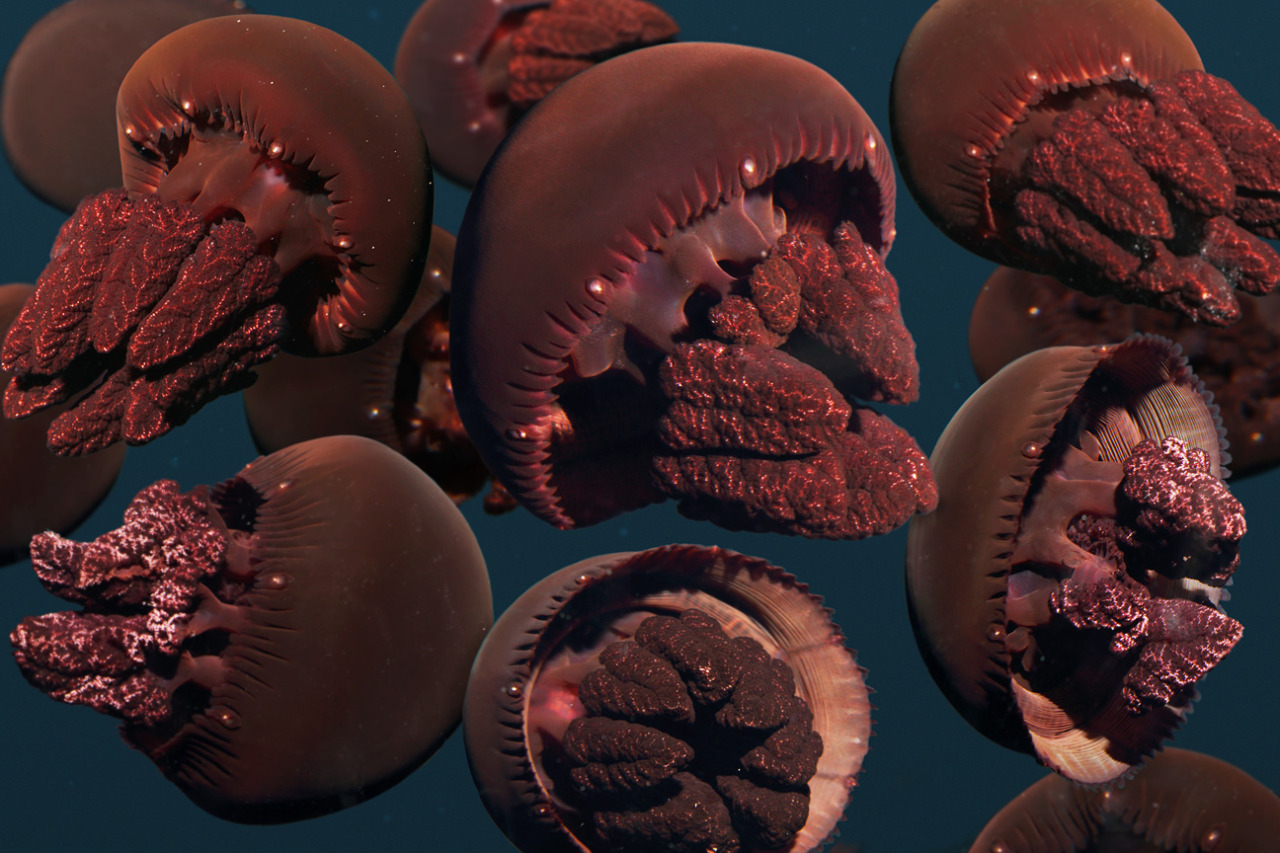Nature’s Fireworks: We Discover the Flower Hat Jelly Life Cycle
Some things are worth waiting for – even if it takes 12 years.
Our jelly biologists have discovered the elusive life cycle of Olindias formosus – the stunning flower hat jelly, whose multicolored, fluorescent-tipped tentacles are like a living fireworks show.
The flower hat jelly was first discovered in waters off Japan over 100 years ago, but its life cycle was a mystery. Biologists around the world have been eager to exhibit this gorgeous jelly, but were unable to culture it to adulthood. Now, after 12 years of research, we solved the mystery, and you can see them in The Jellies Experience special exhibition.
“We’re thrilled to discover the life cycle of the flower hat jelly,” said Senior Aquarist Wyatt Patry. “Our team succeeded through collaboration, diligence and a bit of good luck.”
Our discovery could lead to predicting dangerous jelly “blooms” in the wild. The flower hat jelly packs a powerful sting, enabling it to kill and eat fish – and harm humans. Blooms of hundreds or thousands of these jellies off Japan and Brazil have resulted in injuries to many beachgoers, and at least one death, Patry said.
About the Flower Hat Jelly
Found in coastal waters off southern Japan, Brazil and Argentina, and in the Mediterranean, the flower hat jelly has brilliant tentacles trailing from its translucent, pinstriped bell. Another set of curly tentacles under its bell can quickly unfurl and grab prey. This nocturnal species swims in the water column at night and attaches itself to the seafloor during the day.
Our work to understand the life cycle of this mysterious jelly began in 2002 during the Jellies: Living Art special exhibition, which ran from 2002 to 2008. That team was the first to successfully exhibit flower hat jellies in the United States, and culture fertilized eggs and larvae – another first.
Shining a Light on an Amazing Life Cycle
Patry said the current team’s initial breakthrough occurred with a redesigned exhibit that let flower hat jellies capture and eat live fish and kept them away from debris on the bottom. Patry said the team hoped those conditions would encourage successful reproduction – and they did.
Special blue lighting in the exhibit was the next breakthrough. The flower hat jellies, which are fluorescent, are in a gallery that interprets three different types of “lights” in certain jellies – fluorescence, bioluminescence and diffraction. About six months after putting a batch of flower hat jellies on exhibit, Patry noticed two previously unseen stages of their life cycle – polyps and tiny baby jellies.
“I was only able to see them because they are fluorescent, like the adults,” Patry said. “From there we worked with the polyps to refine the ideal food and temperature requirements for them to produce more babies.”







